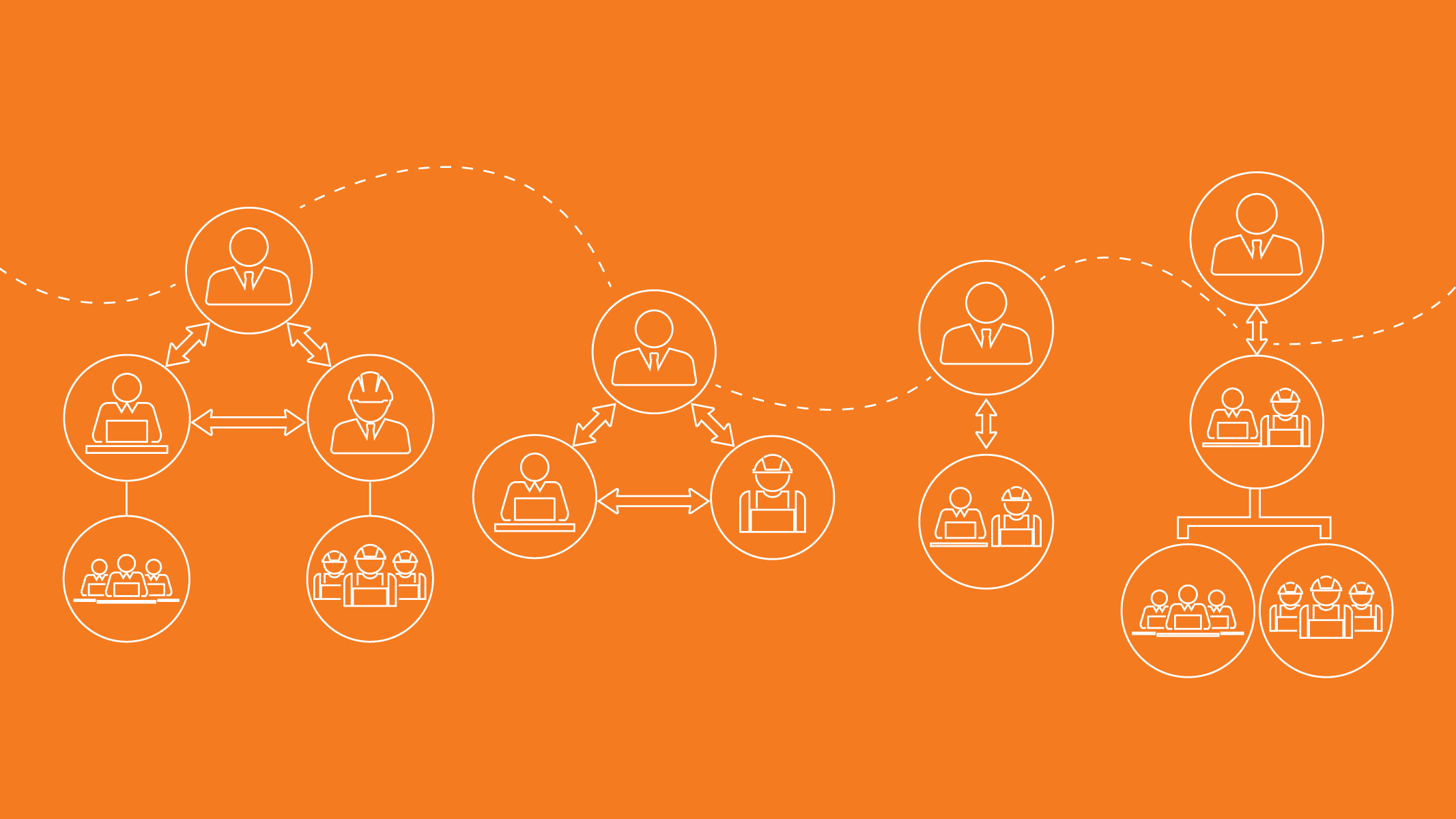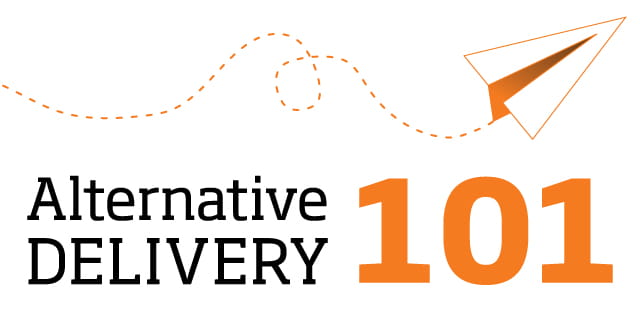What’s the best delivery method for your next project?
Insight
What’s the best delivery method for your next project?
Here are the pros and cons to the three most common alternative delivery methods.
Choosing from the menu of alternative delivery choices is a complex task, but finding innovative ways to obtain better value for your infrastructure investment becomes easier as you build more projects in your portfolio. Each alternative delivery method offers a different set of benefits when compared to traditional design-bid-build. To help you better understand your options, we’ve developed this guide to the three most common forms of alternative delivery.
Construction Manager-at-Risk (CMAR)
How it works: The owner contracts separately with the designer and construction manager (CM). The CM acts as a consultant during design and as a general contractor during construction. The CM’s responsibilities include procuring equipment and subcontracts and delivering the project within a fixed, negotiated price. In most states, the CM must be a licensed general contractor.
How it works: The owner contracts separately with the designer and construction manager (CM). The CM acts as a consultant during design and as a general contractor during construction. The CM’s responsibilities include procuring equipment and subcontracts and delivering the project within a fixed, negotiated price. In most states, the CM must be a licensed general contractor.
Why it works: The CM is incentivized to provide valuable constructability insight during design that can avoid major costs and delays. All subcontracting tasks are competitively bid in an open and transparent fashion, which can result in major cost savings. The CMAR approach helps expedite project schedule through designer-contractor collaboration, and gives owners the ability to choose preferred equipment without sole-sourcing.
What you need to know: If you are putting your toe into the waters of alternative delivery with a CMAR project, it is best to start with a medium-sized project and choose an experienced team that can help you through the process. Also, while the transparent bidding process is a strength of CMAR, having to bid everything out is labor-intensive for the owner’s staff and the engineer. Moreover, the owner may miss out on some efficiencies that might otherwise have been achieved by linking some of the subcontracted tasks together in a single bid.
The best choice for: Owners trying alternative delivery for the first time; owners that want to achieve the maximum degree of budget control; owners that desire complete transparency in the bidding process.
Lump Sum Design-Build (Lump Sum DB)
How it works: One contract is held with the design-builder, who prepares plans and specifications for permitting and construction, hires and manages subcontractors, reviews submittals and shop drawings, procures equipment and builds the project. The owner develops the project with an advisor or bridging consultant up to a 30-percent design level, at which time design-build teams compete to offer the lowest qualified bid. The design-builder then carries out the project to completion according to the specified terms.
Why it works: Lump-sum DB provides accountability for price, time and quality, and the design-builder and owner know project costs at the outset of the design-build phase. Efficient scheduling and streamlined coordination within the DB team result in cost savings, increased response times and enhanced quality.
What you need to know: Lump-sum DB often boils down to a competition based on price, losing out on the innovation and collaboration that can add so much value to DB projects. Once the design-builder is selected, the owner has little or no transparency into the project as it proceeds. For these reasons, CDM Smith strongly recommends progressive design-build (see below).
The best choice for: Owners who are experienced in alternative delivery; projects that involve building the same design several times (i.e. a series of pump stations).
Progressive Design-Build (Progressive DB)
How it works: Progressive DB projects involve selection of a DB team after the design is developed to an intermediate stage by the owner. The design-build team works collaboratively with the owner’s staff to prepare final plans, specifications and designs and carry out the construction phase.
How it works: Progressive DB projects involve selection of a DB team after the design is developed to an intermediate stage by the owner. The design-build team works collaboratively with the owner’s staff to prepare final plans, specifications and designs and carry out the construction phase.
Why it works: Progressive DB offers the highest degree of collaboration with owner’s staff, including stakeholders and operators. Construction can start early. Innovative technologies can be effectively implemented with robust input from builders and end-users. A single point of responsibility assures owners of accountability throughout the process.
What you need to know: Find a project sponsor that can provide “air cover” for your team as you work through the process, and find an experienced advisor that can help you get buy-in from your legal and procurement departments. The procurement process requires careful management of administrative costs, and DB may require insurance/bonding coverage to manage risk. This method requires a customized contract, and for public-sector projects in many states, a formal bid process. An experienced team can help engage your staff and avoid the cultural challenges that alternative delivery can present.










